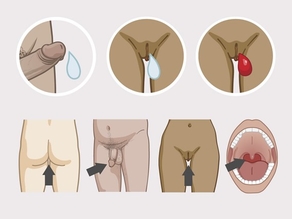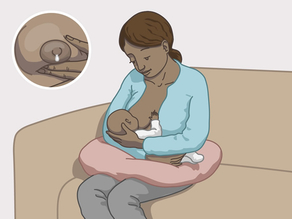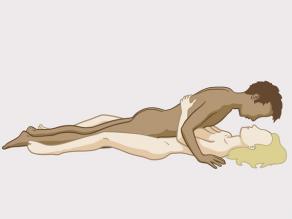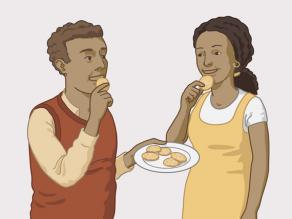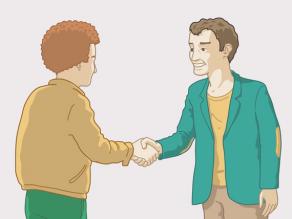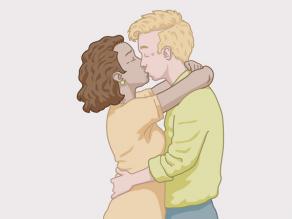Ways of getting HIV
Someone can get HIV through body fluids of people who already have HIV. HIV can be transmitted through:
Infected semen, vaginal fluid and blood from the menstrual period can enter your body via the mucous membrane of the anus, glans of the penis, vagina and mouth.
Infected blood can reach your blood directly by sharing used injection material or through blood transfusion. Transmission through blood transfusion almost never happens in Europe, because the blood is tested for HIV.
Lastly, HIV can be transmitted through breast-milk when breast-feeding.
HIV cannot be transmitted through the saliva.
Someone can get HIV through sex and through other ways of transmission.
Transmission through sex
- Through vaginal sex or anal sex without a condom with someone who has HIV.
- There is only a very small risk of getting HIV through oral sex (if semen or blood from a person with HIV gets into your mouth and you have broken skin there).
With the right treatment, an HIV-positive person is almost unable to transmit HIV when having sex without a condom.
Transmission in other ways
- From mother to child during pregnancy or delivery or when breast-feeding. With the right treatment, women with HIV can have healthy children.
- By sharing used injection material with someone with HIV.
- Through blood transfusion. This almost never happens in Europe, because the blood is tested for HIV.
No transmission through casual contact
You cannot get HIV through social contact. For instance: by sharing a glass or plate with someone, by touching someone or by kissing or giving someone a French kiss.
It is not possible to know if someone has HIV by looking at him/her.
Protection against HIV
People with HIV can infect others if they do not get treatment. Many people do not know they have HIV. Protect yourself and use condoms during sex.

